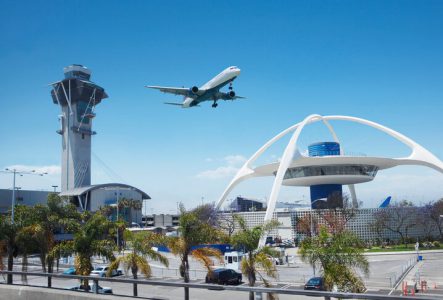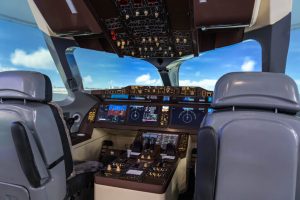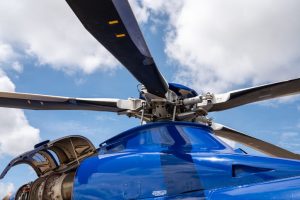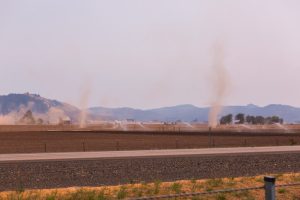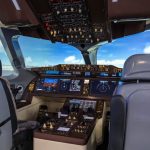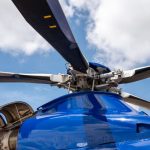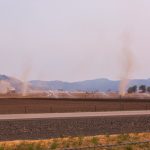Don’t let Class B Airspace rules and requirements sneak up on you
Well, this is embarrassing. I just took one of those quizzes on Facebook – a simple quiz about airspace and I failed. Yup. Couldn’t make it past Class B Airspace. Didn’t even get to C, D, or E. To be honest, after all these years as a professional pilot, I’m pretty rusty on airspace specifics and a review is probably not a bad idea for any of us.
It’s easy to get lazy when most of our flying is spent in constant contact with ATC. Since I’ve left the airline industry and started flying corporate, however, I find myself departing from small uncontrolled airports just outside of busy Class B airspace more often than not. When the weather is clear and a million, it’s easy to blast off into the wild blue yonder and grab the IFR clearance once airborne, but that comes with its own challenges. A thorough review of the airspace in the immediate vicinity is critical before departure if you want to avoid any lengthy discussions with your local FAA representative.
The question I missed on the quiz was something about airspeed. I think we all know that this airspace looks like an upside down wedding cake and includes the space around a “B”usy Airport, but what are the rules for flying in, through, under, and over the airspace? Actually, that’s a trick question – there are no rules for over a Class B, but you better know that upper limit – it’ll vary based on which Class B it is. Sometimes they extend from the surface to 7000 feet MSL and sometimes they go as high as 12,500 feet MSL. They are all individually tailored to contain all instrument approaches for that airspace.
Ok, let’s talk speed. 250 kts below 10,000 feet is the limit, both in and out of Class B Airspace. No exceptions. Even if the controller says maintain best forward airspeed, they know that while on descent, you’ll slow to 250 as you hit 10,000 feet. But, what about under the floor of the Class B? Don’t judge me, but I might have answered 250, when in fact, the correct answer is actually 200 KIAS. So if you are departing from an uncontrolled airport or landing at one that is relatively close to Class B airspace, you are responsible for not only knowing when you are under the Class B, but you also must slow to 200 before you get there.
I would also recommend that you look at your charts before departing VFR because you need to know where the Class B airspace begins before you enter into it illegally without a clearance.
A couple more rules:
- A large OR turbine powered aircraft must enter the traffic pattern in Class B airspace at an altitude of at least 1500 feet AGL and maintain that altitude until lower is necessary for a safe landing.
- A large turbine powered aircraft operating to or from a primary airport in Class B airspace is required to remain at or above the floors of the Class B airspace even when operating on a visual approach, unless otherwise authorized by ATC.
- Any aircraft landing on a runway equipped with a VASI is required to maintain at or above the glide slope until a lower altitude is required for a safe landing.
- All aircraft operating within 30NM of a Class B airport, from the surface to 10,000 feet MSL must have Mode C.
- Clearance into Class B Airspace is required.
To clarify this last rule, It is very important that we all understand what it means to be cleared into Class B airspace. Obviously if the controller says the magic words “Cleared into Class B airspace”, you are good to proceed. But it can no longer be assumed that positive radar identification and/or instructions to maintain a certain altitude or heading can be interpreted as a specific clearance into Class B.
However, if you are radar identified by the approach controller having jurisdiction over the airspace, and you hear “cleared as requested” or “proceed as requested” or “cleared to a specific point inside the Class B airspace”, then you are cleared in. But always – if there is any doubt – please confirm with ATC.
Just be extra vigilant when you are operating anywhere near Class B airspace. Know where the limits are and know that your aircraft is properly equipped to legally be there. Oh, and watch your speed.
RELATED READING
RELATED CTS TRAINING

